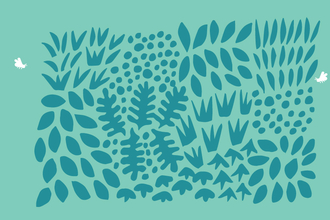Hello, I’m Catharine and I’m really happy to be one of the Trust's four Conservation Trainees. We are spending a year, on a voluntary basis, being trained in all the practical skills we'll need to get a job in wildlife conservation.
I don’t necessarily fit the profile of a trainee, I’m a middle-aged woman who has worked almost all my working life in an office environment in a variety of analytical and managerial roles in the National Health Service, Library Service and, most recently, Worcestershire Children First.
To get a full-time fix of wildlife, I had a break from the office in 2004 when I worked for a season at the Royal Society for the Protection of Birds (RSPB) flagship Loch Garten nature reserve as a Capercaillie and Osprey Information Assistant. Alongside my work career, I’ve always volunteered for wildlife organisations such as the RSPB, the Wildfowl & Wetlands Trust and then a spell with Worcestershire Wildlife Trust in 2017.







